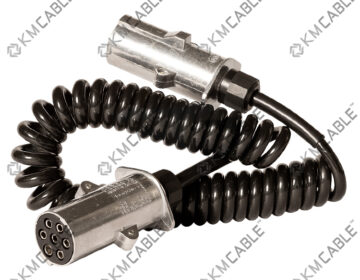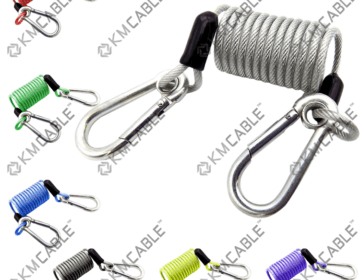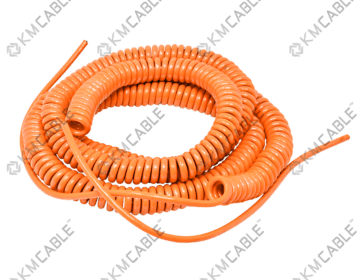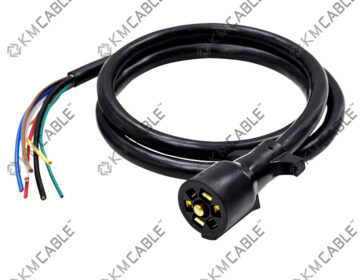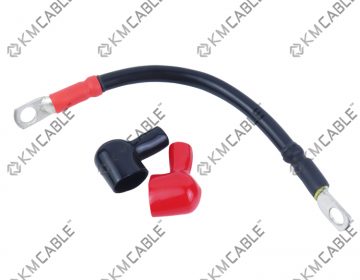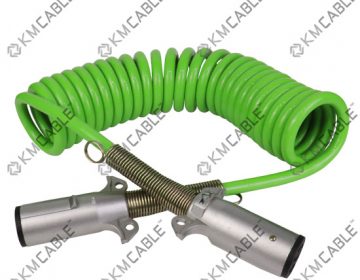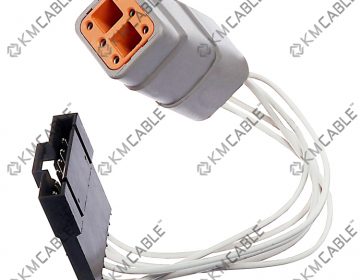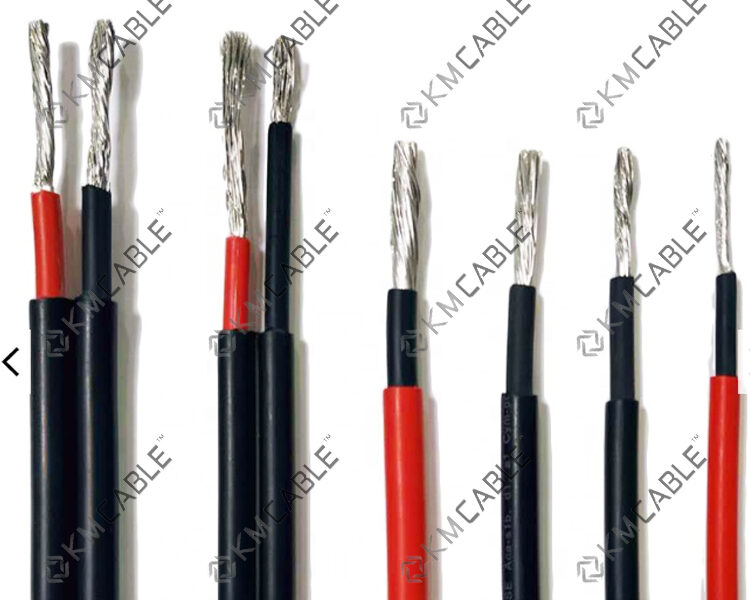
In today’s technologically advanced automotive landscape, the intricate web of cables and wires that run beneath the sleek exteriors plays a crucial role in ensuring the vehicle’s proper functioning. These cables are the lifelines that connect various components, enabling communication, power distribution, and data transfer. Choosing the right cable for automotive applications is a decision that directly impacts the vehicle’s performance, safety, and longevity. In this blog, we will delve into the different types of automotive wires, their applications, and the essential factors to consider when selecting cables for automotive purposes.
Types of Automotive Wires and Their Applications
1. Primary Wire:
Primary wires are perhaps the most common type of automotive wires. They are used for general circuit wiring throughout the vehicle, including lighting, ignition, and charging systems. These wires are available in various gauges, with thicker wires being used for higher current applications like battery cables.
2. Multi-Conductor Cable:
Multi-conductor cables consist of multiple insulated wires bundled together in a single cable. They are frequently used in applications where multiple signals need to be carried, such as in stereo systems, navigation systems, and sensors.
3. Shielded Cable:
Shielded cables are designed to protect signals from electromagnetic interference (EMI). In modern vehicles, where electronic components are closely packed, shielded cables are vital for maintaining signal integrity. They are often found in applications like infotainment systems and advanced driver assistance systems (ADAS).
4. Coaxial Cable:
Coaxial cables are used for transmitting high-frequency signals with minimal signal loss. They are commonly used for connecting antennas and various communication systems within the vehicle.
5. Fiber Optic Cable:
Fiber optic cables are employed for high-speed data transmission over long distances. They are used in applications like networking, infotainment systems, and optical sensors.
6. Flat Ribbon Cable:
Flat ribbon cables are ideal for applications where space is limited, such as connecting components on a printed circuit board (PCB). They are commonly used in navigation systems, climate control, and other compact areas.
Factors to Consider When Selecting Cables for Automotive Purposes
1. Temperature Resistance:
Automotive environments can expose cables to extreme temperatures, ranging from freezing cold to scorching heat. Cables must be chosen based on their ability to withstand these temperature fluctuations without degrading performance.
2. Chemical and Abrasion Resistance:
Cables in vehicles are exposed to various chemicals, including oils, fuels, and cleaning agents, which can degrade the cable’s insulation and sheathing. Additionally, cables can rub against sharp edges or other components, leading to abrasion. Choosing cables with suitable protective coatings is crucial to ensuring longevity.
3. Voltage and Current Ratings:
Different automotive systems require cables with varying voltage and current handling capabilities. Using cables that are not rated for the required voltage and current can lead to overheating and even electrical failures.
4. EMI and RFI Protection:
Electromagnetic interference (EMI) and radio-frequency interference (RFI) can disrupt the proper functioning of electronic systems in vehicles. Shielded cables and proper grounding help mitigate these interferences.
5. Flexibility and Durability:
Cables in vehicles often need to bend and flex repeatedly due to the vehicle’s movement and vibration. Choosing cables with the right balance of flexibility and durability is essential to prevent premature wear and failure.
6. Compliance with Standards:
Automotive cables need to meet specific industry standards and regulations to ensure safety and reliability. Make sure the chosen cables comply with relevant standards such as SAE (Society of Automotive Engineers) standards.
7. Future-Proofing:
As vehicles become more technologically advanced, the demand for higher data rates and increased connectivity grows. Considering cables that can accommodate future technological advancements can help avoid costly re-wiring in the near future.
8. Environmental Considerations:
Consider the vehicle’s intended environment – whether it’s off-road, urban, or any specific conditions. Environmental factors like moisture, UV exposure, and vibration can impact cable performance and lifespan.
In conclusion, selecting the right cable for automotive applications is a critical decision that affects a vehicle’s overall performance, safety, and reliability. The wide variety of cables available cater to different needs, from power distribution to data transmission. By considering factors such as temperature resistance, chemical and abrasion resistance, voltage and current ratings, and compliance with industry standards, automotive engineers and enthusiasts can make informed decisions that contribute to a vehicle’s optimal functioning and longevity in the ever-evolving automotive landscape

